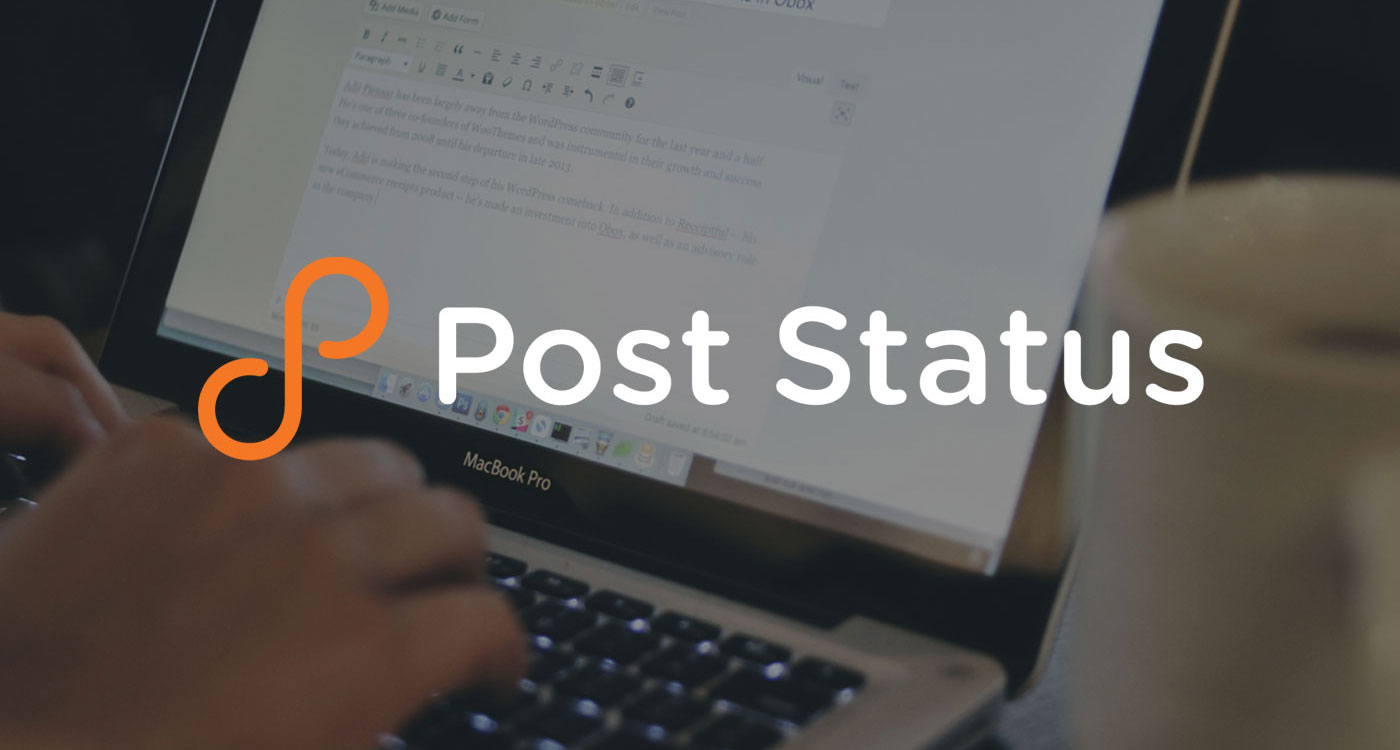

#SIMPLENOTE VS DRAFT 2015 UPDATE#
I imagined what this update would be like almost two years ago. It’s still the simple note-taking app it always has been, but with new features come new methods of making custom, complex interfaces that connect to multiple apps, providing the possibility of replacing multiple apps you use today. Aside from taking and processing pictures, nearly everything happens through Drafts. For me, it takes center stage for everything I do on the platform. What I continue to find amazing about Drafts is the chameleon-like nature that it has with its user base: some may use it as a simple note-taking app, while others employ it at the core of their device usage. When you’re ready to take action on a draft, a simple swipe gives you access to actions and automation that turn this simple editor into one of the most complex apps in the iOS ecosystem. 2 This simple interface doesn’t overwhelm you with options, it just facilitates the quick capture of your thoughts so you can move on to what you were doing. The interesting thing about Drafts is that it can be the simplest note-taking app on the planet, but it can also be the most complex one, once you unlock the power of all its actions, the integrations, the URL scheme…you can build this super-complex and powerful typing experience that is connected to dozens of other apps through actions and automation.įor all that Drafts can be, it starts off as just a simple editor: a place to create new drafts with the keyboard. Perhaps Federico, speaking on AppStories about the previous version of Drafts, said it best:

Early on this was done through x-callback-url schemes, but the system was previously expanded to include actions that allow further integration across the platform. Once you’ve captured your text, you can send it elsewhere via actions. If you’re on the go or need your hands free, activate dictation on your device - iPhone, iPad, or Apple Watch - and just start talking. It starts as a blank page and a keyboard: all you need to do is type. This is where the strength of Drafts really shines: it can be the central hub from which everything flows.ĭrafts is truly an impressive balance between simplicity and power. But none of them replicate the functionality that Drafts carries on iOS, where integrations built into the app provide powerful, customized actions. Some are more suited for long writing and research, while others are good for simple note-taking. There are other writing/note-taking apps out there that are great in their own right. It is the quintessential app for trusted capture of text. At its core, Drafts remains the app it has always been: a place where text starts. This is the single biggest question I get asked whenever I mention the app.

And it’s getting replaced by the only app that could possibly replace it: Drafts 5. So today, I’m saying goodbye to Drafts 4. New features are added in the OS that need to be integrated, which cause some developers to pull the plug. It’s the focal point for everything I do.īut times change.

Something I want to write about on my blog? That idea starts in Drafts too. Tasks to add to my task manager? I do that from Drafts. Any time I have an idea, I put it in Drafts. It’s the single point of text entry that shares to any app, whether through the share sheet, a simple action, or a custom and complex action. The app has lived in my dock since I first picked it up, it’s the single most important app I use on the platform, and it’s the only paid app I mandate to anyone looking for must-have apps on iOS.ĭrafts is the bedrock app from which I build all my productivity. But for years now, the singular app that’s been the foundation of my iOS use has been Drafts. There are few apps I’ve ever used which made a lasting impact on my daily workflow.


 0 kommentar(er)
0 kommentar(er)
